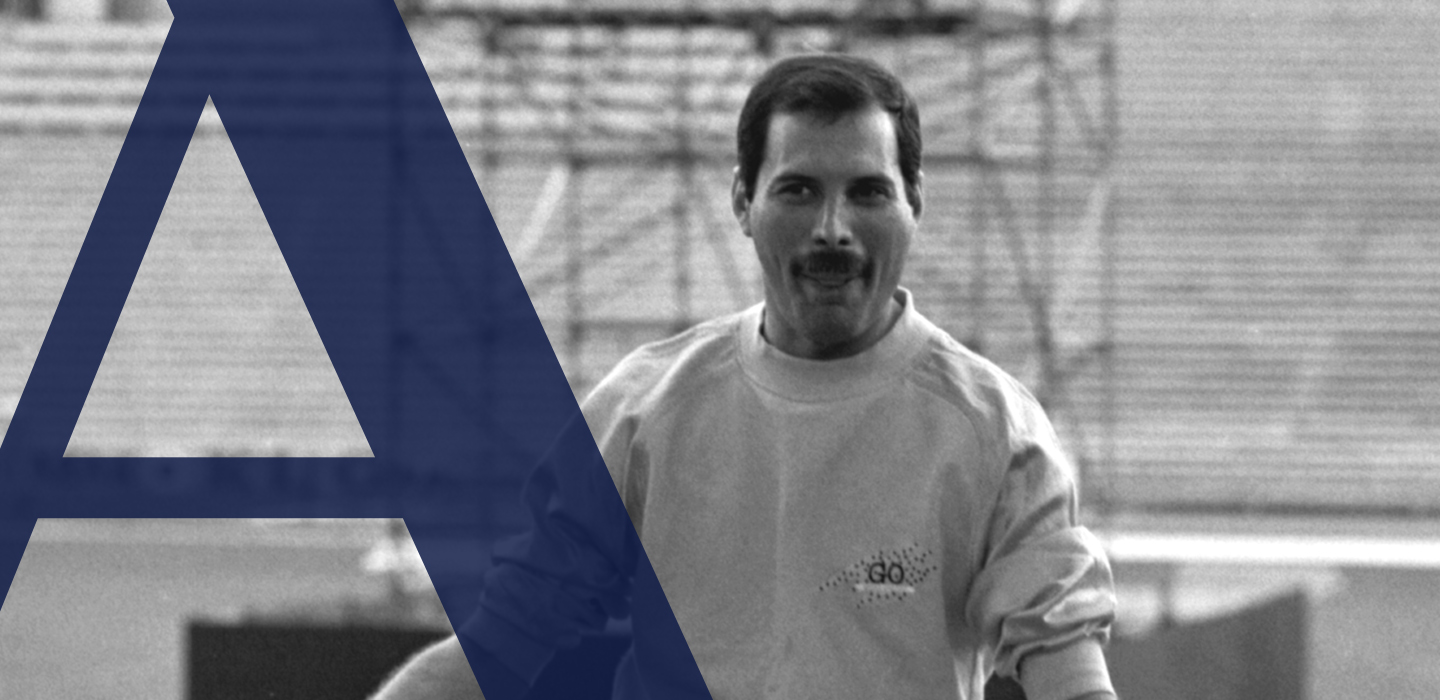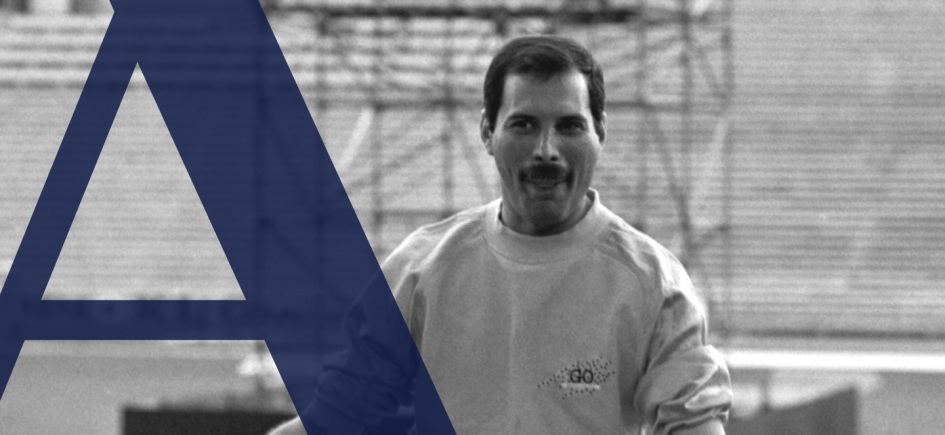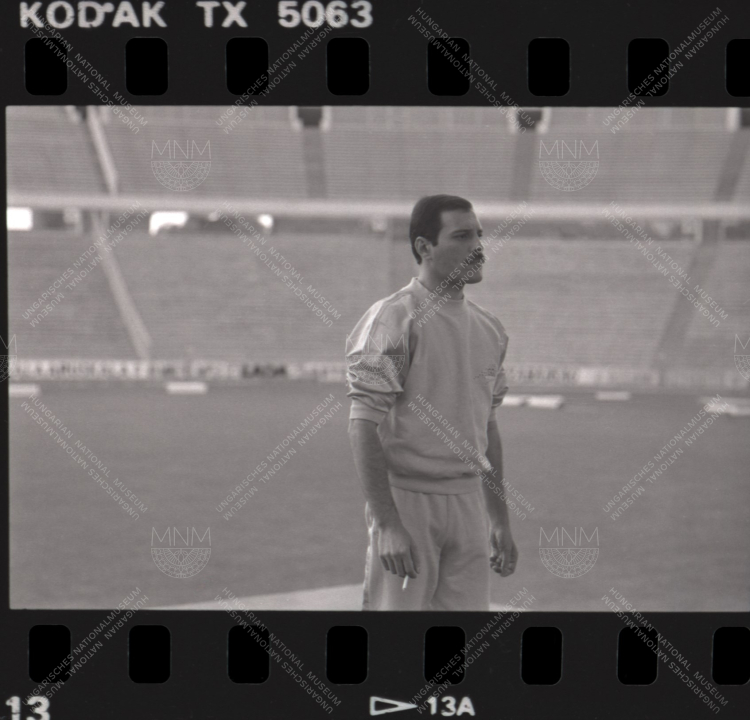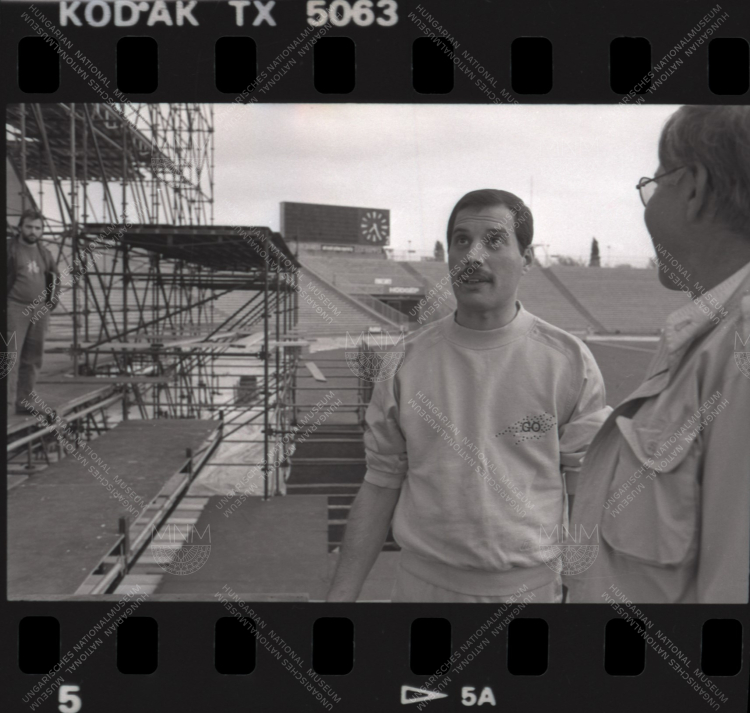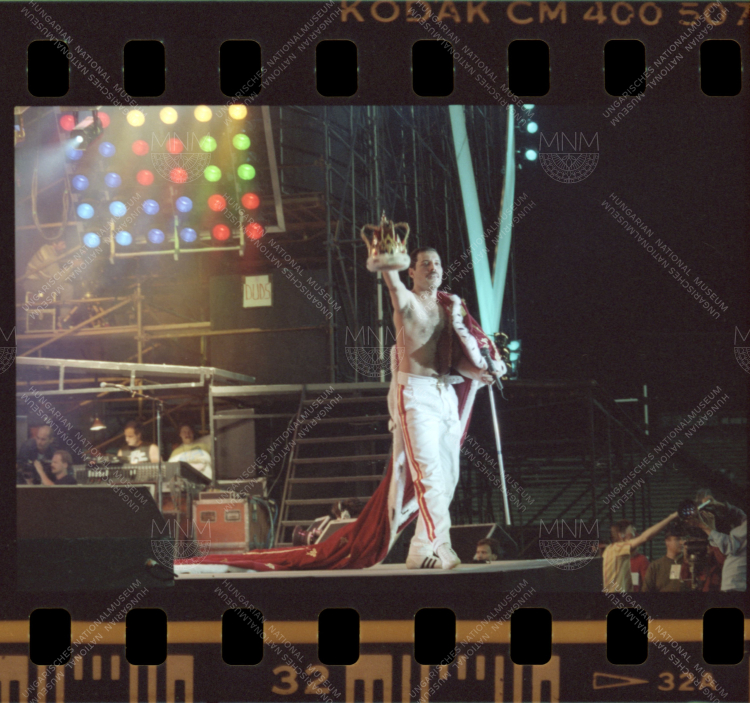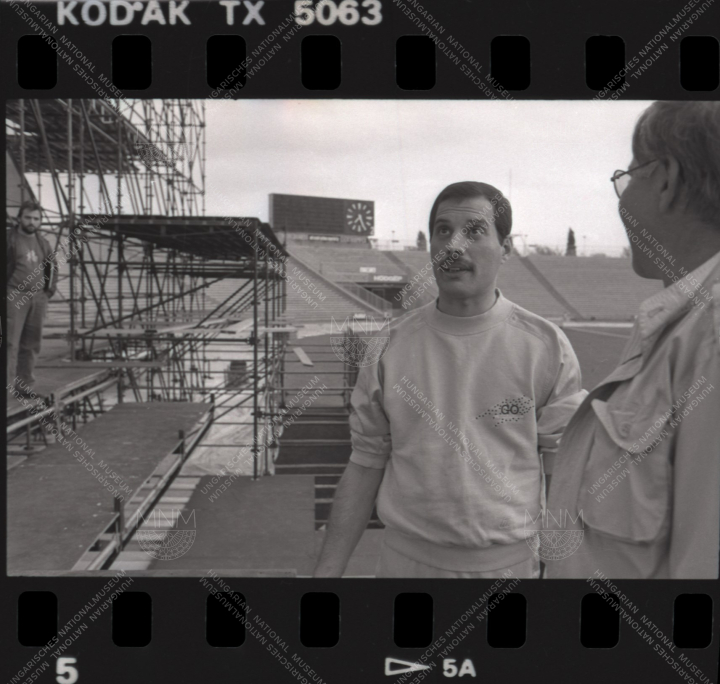
Photographs by Egon Endrényi and Miklós Gáspár
August’s Artefact of the Month at the Hungarian National Museum is a special treat for music lovers and those fascinated by the history of photography and cinematography.
On display for the first time ever, this remarkable series of photographs offers a rare glimpse behind the scenes of Queen’s legendary 1986 concert in Budapest. The images capture the band members themselves as well as many unique moments from this iconic event. The Artefact of the Month can be visited in the Széchényi Hall on the first floor with a ticket to the permanent exhibition.

The exhibition marks a special occasion: in 2023, the family of the late photographer Egon Endrényi generously donated his legacy—thousands of negatives and prints valued at millions of Hungarian forints—to the Historical Photo Archive of the Hungarian National Museum. Among these were the backstage photographs taken by Egon Endrényi and Miklós Gáspár during the preparations for Queen’s historic show.
The film documenting Queen’s 1986 Budapest concert was a groundbreaking production in its time and remains a milestone in the history of music and media in Eastern Europe. This chamber exhibition is the first dedicated event commemorating the 40th anniversary of the concert, offering a unique insight into the days and preparations leading up to the performance.
On display are negatives of some of the most striking images taken during Queen’s time in Budapest, complemented by enlargements and a slide show capturing moments from the original film. Visitors can also view some of the personal equipment used by Egon Endrényi, the still photographer of Magic – Queen in Budapest.

Blending photography, music history, and cultural memory, this intimate exhibition offers music fans, photography enthusiasts, and curious visitors alike a chance to relive an era, a concert, and a creative legacy through the photographer’s lens.
The Artifact of the Month is can be visited from 29 July to 3 September 2025 in the Széchenyi Hall of the Hungarian National Museum.

Why are photographic negatives important?
At the heart of analogue photography lies the photographic negative. The 35mm film negative became popular in the first half of the 20th century, initially with professional photographers and later among amateurs. The analogue process and its medium dominated photography right up until the advent of the digital era.
Original (raw), unique negatives enable the production of positive prints, either at the same size as the negative or as enlargements, facilitating the creation and reproduction of printed images. Their value is enhanced by the fact that they are typically unaltered and preserve every detail—details that may become significant over time.
Many negatives within a series remain unprinted, surviving for future generations and potentially increasing in value. Since the 1970s, the art market has generally favoured vintage prints—those created from the negative shortly after the photograph was taken and typically bearing the photographer's signature or stamp.
For further insights into the Artefact of the Month,
visit our online publication.
